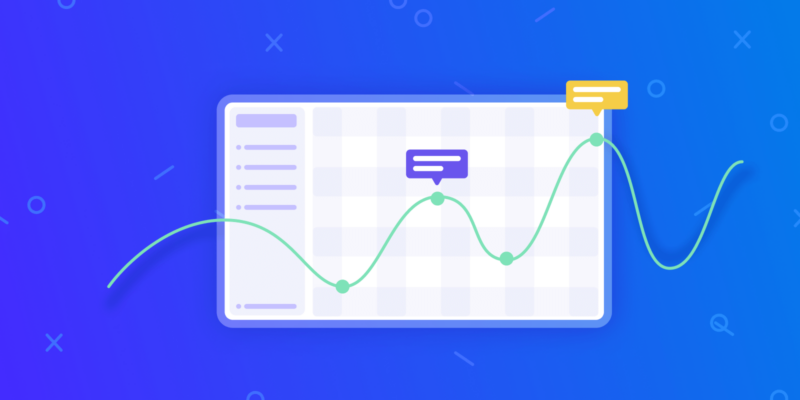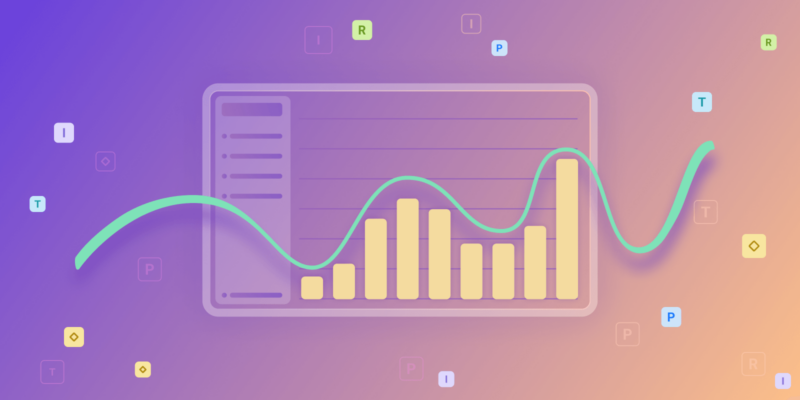In the fast-paced world of managing projects, it’s really important to be good at spotting, understanding, and dealing with risks to make sure projects finish successfully. Project risk management is a key part of managing projects from start to finish.
Successful implementation of project risk management in small and medium enterprises: a cross-case analysis from Emerald Insight discusses the critical role of communication in risk management (RM). Risk Management (RM) is a very relevant process that can be related to many companies’ survival.
Another article from Emerald Insight, “How Machine Learning Changes Project Risk Management: A Structured Literature Review and Insights for Organizational Innovation,” explores the potential of Machine Learning (ML) in enhancing project risk management.
This article breaks down the complex topic of project risk management, explaining why it’s important, how it’s done, and the best ways to do it.
What is risk management in project management?
Project risk management is the systematic process of identifying, analyzing, and responding to project risks to minimize their impact on project objectives. Risks can encompass a wide array of uncertainties, from budget overruns and timeline slippages to regulatory changes and resource availability issues. Effective risk management ensures that projects can navigate these uncertainties with minimal disruption, thereby safeguarding the project’s scope, schedule, budget, and quality.
Project management software provides tools and features that allow you to systematically identify, assess, and monitor risks associated with your projects.
By using the Birdview project management platform, you can create a centralized database of all potential risks, categorize them based on their severity and likelihood, and assign mitigation tasks to team members. Birdview can also send alerts and reminders for upcoming risk review dates, ensuring that risk management remains an ongoing process throughout the project lifecycle.
Get started for free
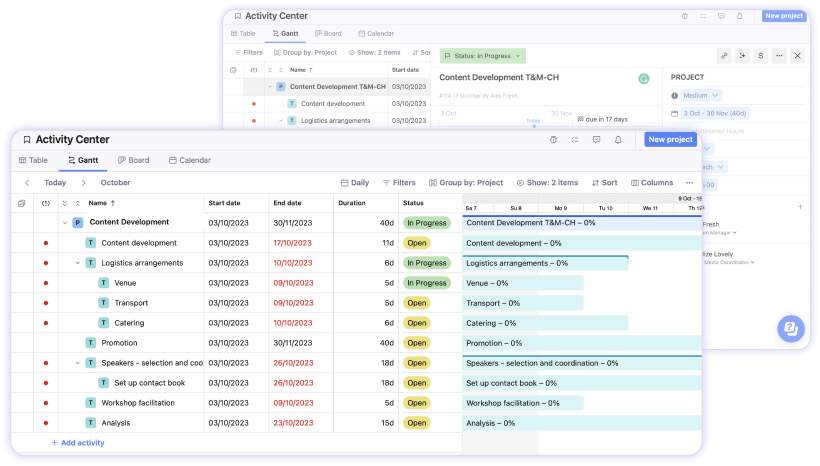
Why is project risk management so important?
Project risk management is a key part of managing projects. It makes sure projects aren’t ruined by unexpected problems and challenges. It’s not just about fixing issues as they come up; it’s about spotting and dealing with potential risks before they become big problems. Understanding how important project risk management shows us how it helps guide projects to succeed as planned.
1. Improving Decision-Making
Good risk management gives project managers and leaders the ability to make smart decisions. By carefully finding and understanding possible risks, teams can get a clear picture of future challenges. This lets them use their resources wisely, change plans as needed, and create strategies that fit just right. Making well-informed decisions like this is key to making projects run better and meet their main goals.
2. Bolstering Project Resilience and Flexibility
In the dynamic landscape of project management, adaptability and resilience are key attributes of successful projects. With solid plans for handling risks, project managers can overcome problems and adjust to new situations without losing sight of their main goals.
3. Keeping Project Goals Safe
The main aim of managing project risks is to protect the project’s main plans, timelines, budget, and quality from any negative effects of risks. By thinking ahead about possible problems and having plans to deal with them, teams can keep control over what they need to deliver, making sure they meet what’s expected of them. This protection is vital for keeping the project on track and valuable.
4. Enhancing Stakeholder Confidence and Satisfaction
Stakeholders such as clients, investors, and team members really want the project to succeed. Effective risk management demonstrates the team’s ability to proactively handle uncertainties, earning trust and confidence. This trust matters not only for the current project’s success but also for keeping good relationships and reputations for future projects
5. Optimizing Resource Allocation
How resources are used is a big part of project management, and managing risks helps make sure resources are used well. By figuring out and ranking risks, project managers can better decide how to use time, money, and people, especially focusing on the most important parts of the project.
5 Steps in the Project Risk Management Process
The project risk management process is a key part of managing projects. It’s about spotting, evaluating, and dealing with risks during the whole project. This approach helps teams deal with risks before they become problems, reducing their impact on the project’s goals. Now, let’s break down each step of this process to see how it helps in managing risks effectively.
1. Project Risk Identification
Finding risks is the first key step in managing them. It’s about looking for all the things that could go wrong with the project. To do this well, you need to understand the project, like what it’s supposed to do, when it needs to be done, and what you need for it. Various techniques can be employed to identify risks, including but not limited to:
- Brainstorming: Get the team and others involved to think together and list out all the things that could go wrong, using what everyone knows and has seen before.
- Checklists: Use lists from past projects or standard guides to make sure you’re thinking about the usual risks.
- Talking to Experts: Ask people who know a lot about the project’s area or have worked on similar projects for their advice on what risks might not be so obvious.
- SWOT Analysis: Look at the project’s strengths, weaknesses, chances for success, and possible threats to figure out what might help or hurt the project.
2. Risk Analysis
Once risks have been identified, they must be analyzed to determine their likelihood and potential impact. This analysis helps prioritize risks based on their severity and guides the allocation of resources to address them. Risk analysis can be performed using two main approaches:
- Qualitative Analysis: This involves assessing risks based on their probability and impact using a predefined scale (e.g., high, medium, low). It helps in prioritizing risks without the need for detailed numerical analysis.
- Quantitative Analysis: This approach involves numerical techniques to quantify the probability and impact of risks.
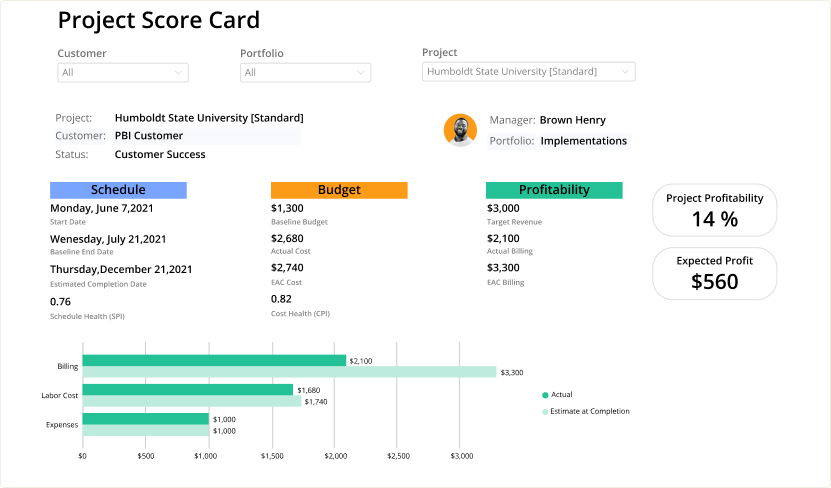
3. Prioritize Project Risks
In managing project risks, identifying the most critical risks is essential. It allows teams to concentrate their efforts and resources on the most significant threats. Risk prioritization involves determining which risks require immediate attention and which can be addressed later, enabling teams to tackle the most pressing issues first and efficiently.
How to Decide Which Risks are Top Priority
We usually look at two main things to prioritize risks:
Impact: How much could the risk hurt the project’s goals, like its timeline, budget, or quality?
Likelihood: How likely is it that the risk will happen?
There are a few methods to help sort risks:
- Risk Matrix: A chart that helps see which risks are big deals by looking at their impact and how likely they are to happen.
- Risk Scoring: Giving risk numbers based on their impact and likelihood, then multiplying these to see which risks score the highest.
- Pareto Analysis: The idea that most problems come from a few key risks, so focus on those.
- Decision Tree Analysis: A more complex way to look at different risk scenarios, especially for complicated projects.
Listening to Stakeholders
Getting input from everyone involved, like clients or team members, is important. They might see risks differently, which can help in making a better risk plan.
4. Risk Response Planning
Based on the analysis, appropriate risk response strategies are developed for each significant risk. The choice of response is influenced by the risk’s priority, the project’s objectives, and the availability of resources.
5. Risk Monitoring and Control
This final step involves continuous monitoring of identified risks, implementing risk response plans, and adjusting them as necessary based on project changes and external factors. It also includes identifying new risks as the project progresses.
Artificial Intelligence in Managing Project Risks
An article from Emerald Insight, “How Machine Learning Changes Project Risk Management: A Structured Literature Review and Insights for Organizational Innovation,” explores the potential of Machine Learning (ML) in enhancing project risk management.
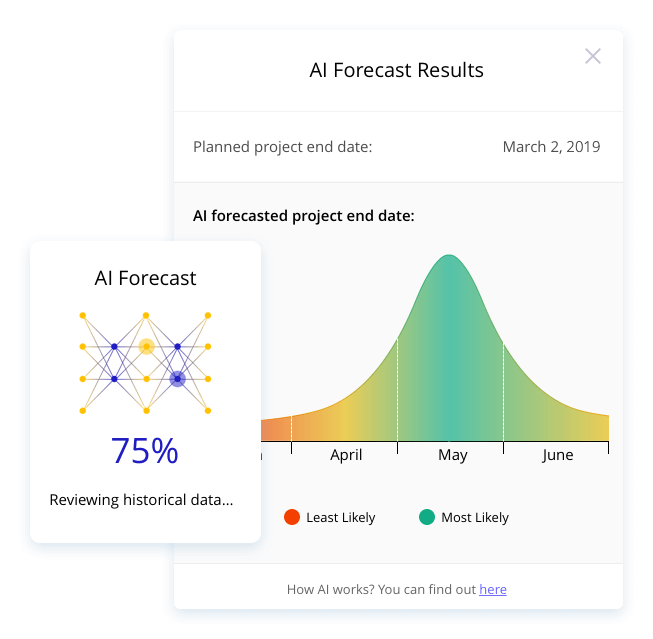
Artificial Intelligence (AI) is like having a smart assistant to help manage risks in projects. It can look at lots of information quickly and spot potential problems before they happen.
Here’s how AI makes a difference:
Spotting Risks Early: AI can go through tons of data and find risks that we might not notice. It’s like having a super-fast detective scanning everything to keep the project safe.
Making Smart Decisions: AI can help decide which risks are big deals and which aren’t. It uses past projects and lots of data to give good advice on what to do next.
Learning from the Past: AI gets smarter over time by learning from what happened in previous projects. It uses this knowledge to give better suggestions for future projects.
Saving Time and Effort: With AI, teams don’t have to spend as much time looking for risks. This means they can focus on other important parts of the project.
In short, AI is a powerful tool that helps teams manage risks smarter and faster, making projects more likely to succeed.
Managing Risk With Birdview
In managing projects, it’s really important to use modern tools and software to deal with complex tasks. Birdview is a great tool that makes managing project risks easier and more efficient. Birdview is an all-in-one project management tool that brings together project planning, resource allocation, time tracking, and billing in one place. It makes running a project smooth from start to finish, giving a clear picture of how the project is doing at every step.
Centralized Risk Identification
One of the foundational features of Birdview PSA is its ability to centralize project information, providing a single source of truth for project teams.
This centralization is crucial for the effective identification of risks, as it allows for the aggregation of data from various aspects of the project, including timelines, resource allocations, and budgetary constraints.
Collaborative Risk Analysis
Birdview helps teams and clients work together to analyze risks. It has communication features that make it easy for everyone to share their thoughts and work together to figure out how likely risks are and how much they could affect the project.
Gantt Charts for Risk Management Plans
To use Birdview Gantt Charts for risk management, list your project tasks and timelines first. Then, identify risks for each task and add them to the chart. Include actions to reduce these risks and adjust the timeline if necessary. This way, you can track project progress and manage risks in one view, helping you stay proactive.
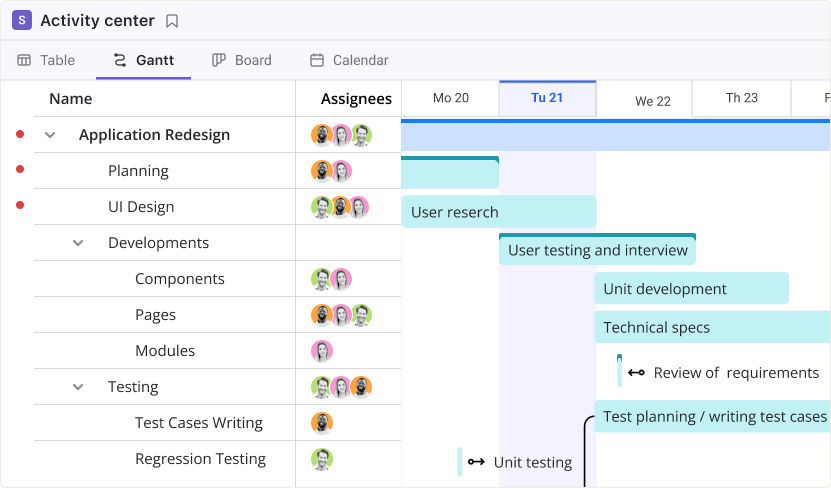
Continuous Risk Monitoring and Control
Birdview continuously keeps an eye on project risks with its up-to-the-minute reports and dashboards. These tools let project managers see how things are going at any moment, spot any off-track results, and catch new risks early. The dashboards make it easy to see key details quickly, helping managers make fast decisions and take action on risks as they come up


